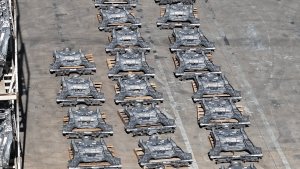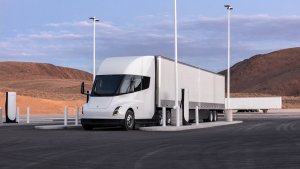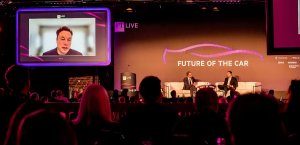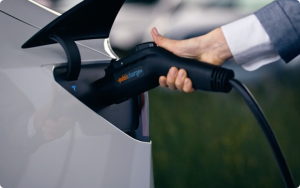U.S. Announces New Autonomous Vehicle Framework and What It Means for Tesla

In a follow-up move to the current US administration’s goals to introduce a federal framework for autonomous vehicles, the US Department of Transportation (USDOT) is loosening autonomy restrictions following an announcement from Secretary Sean Duffy on X. This new initiative helps streamline complex regulatory processes and foster home-grown innovation.
From the Wright Brothers to the first astronauts on the moon, our nation has always been at the forefront of transportation technology.
— Secretary Sean Duffy (@SecDuffy) April 24, 2025
That’s why today we're unveiling a new Automated Vehicle Framework from @USDOT’s Innovation Agenda ⬇️ ⬇️ pic.twitter.com/W3kbMUwQSn
Automated Vehicle Framework
As part of the broader upcoming USDOT Innovation Agenda, the newly unveiled AV Framework is designed to promote American innovation and strengthen domestic engineering while maintaining existing safety standards. The framework centers around three key principles:
Prioritize Safety
Unleash Innovation
Enable Commercial Deployment
To kickstart this AV framework, USDOT announced two initial steps focused on streamlining processes and expanding opportunities.
Crash Reporting Requirements
Under the first principle to Prioritize Safety, the National Highway Traffic and Safety Administration (NHTSA) will maintain its Standing General Order requiring crash reporting on Advanced and Automated Driver Assistance Systems (ADAS and ADS).
However, the reporting process will be streamlined following feedback from AV innovators, likely including Tesla. The goal here is to focus on collecting critical safety information while removing unnecessary or duplicative items from the reporting process, thereby reducing the burden without compromising safety.
Cutting Red Tape
Directly tied to the second principle of Unleash Innovation, the framework also seeks to slash red tape. The first step here is the expansion of the Automated Vehicle Exemption Program, or AVEP. This program allows manufacturers to petition for temporary exemptions from certain federal motor vehicle safety standards (FMVSS) for testing or deployment purposes.
Previously, the standard excluded domestically produced vehicles. Now, domestically produced AVs will not need to meet FMVSS, which will broaden the scope for manufacturers to test more innovative and unique designs and technologies.
Single National Standard for AVs
Finally, tied to the third principle of Enable Commerical Development, USDOT intends to move the United States closer to a single national standard for autonomous vehicles. This aims to prevent a confusing and inefficient patchwork of state-level or city-level laws and regulations, which can create hurdles for companies attempting to innovate, deploy, and scale their technology.
A unified standard across the United States also means that Canada and Mexico will likely be able to follow, as they share homologization standards across North America, including for vehicle crash safety and some autonomy regulations.
What This Means for Tesla
These framework changes will likely have a substantial impact on Tesla. The move towards a national standard is potentially the most impactful change, as Tesla identified regulatory hurdles as one of the most significant challenges it will face with the deployment of both Unsupervised FSD and its Robotaxi network.
The reduction of FMVSS requirements and streamlined reporting will likely play a role in the future as well. The FMVSS requirements are probably already being worked on, if not already met, by the Cybercab and other vehicles in Tesla’s lineup.
Meanwhile, the streamlined reporting will be helpful once Tesla officially launches its Robotaxi network in June.
You can read the official press release on the announcement here.














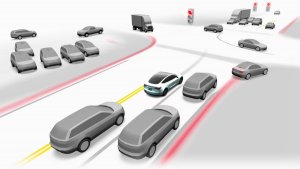
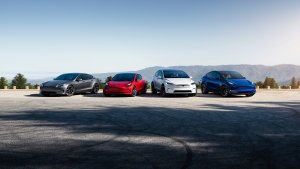
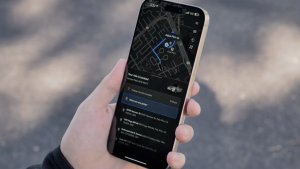
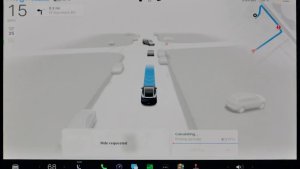
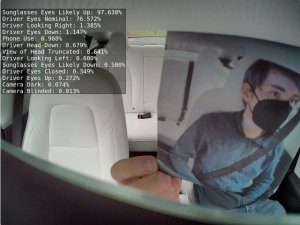
_300w.png)
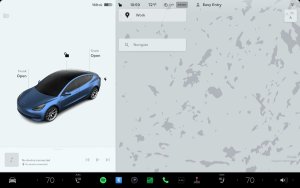

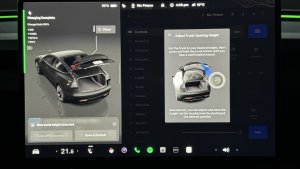
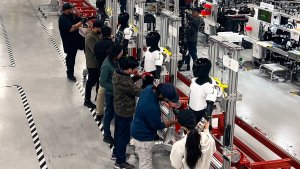
![Tesla's 2025 Q1 Earnings Call: How to Listen [Listen to Replay]](https://www.notateslaapp.com/img/containers/article_images/multiple-models/group_81.jpg/b2695a53b51e4c7927802deba2534b09/group_81.jpg)
